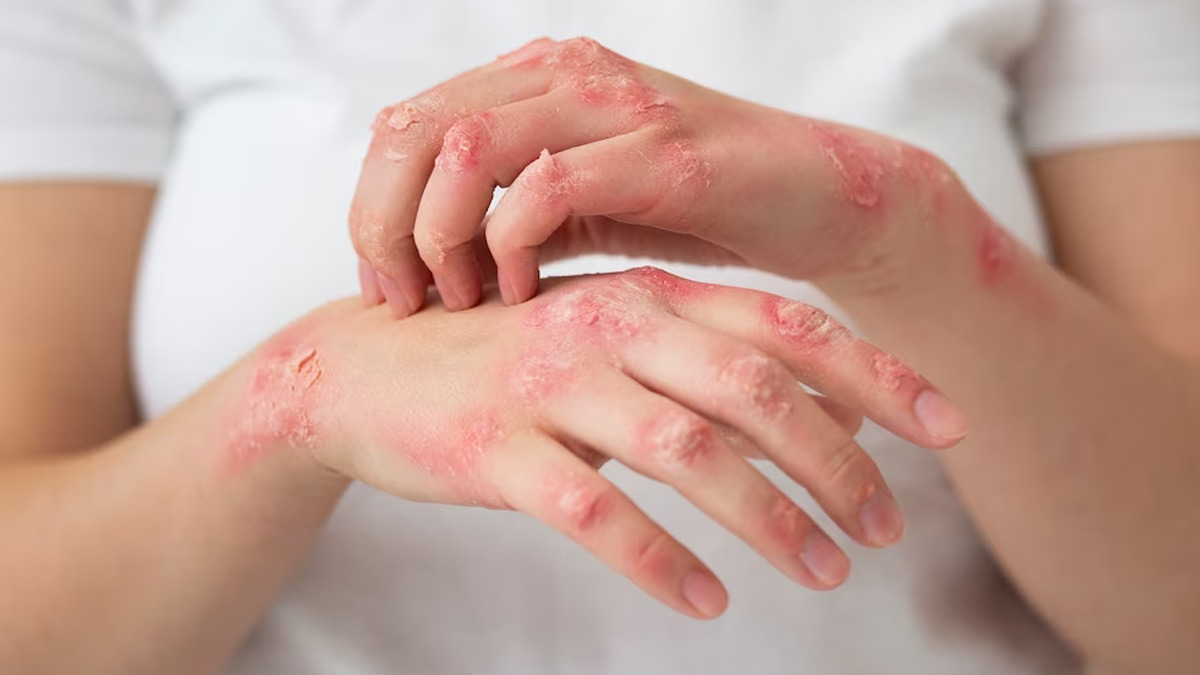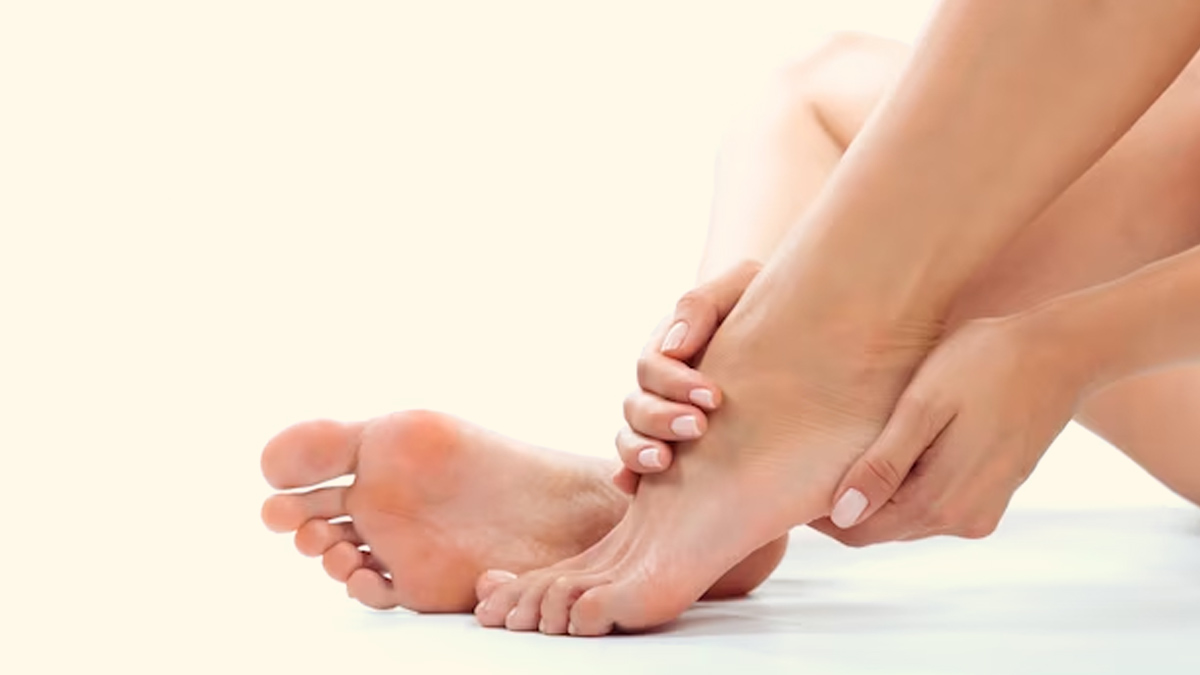
With the arrival of the summer season, there is an unwelcome guest that often accompanies it; tinea, a common fungal infection that thrives in warm and humid conditions.
By arming ourselves with knowledge and adopting preventive measures, we can keep tinea at bay and embrace the summer season with confidence and vitality.
Table of Content:-
To know more about tinea, Only My Health team reached out to Dr S K Gupta, Dermatologist, Darbhanga Medical College, Darbhanga, Bihar.
What Is Tinea
Tinea, also known as ringworm, is a contagious fungal infection that affects the skin, scalp, and nails. Despite its name, it has nothing to do with worms but is caused by different types of fungi, including dermatophytes. The warm and humid conditions prevalent in summer create the perfect breeding ground for these fungi, leading to a rise in cases during this season.
Symptoms Of Tinea
Symptoms of tinea infections can vary depending on the type and location of the infection, but common signs include:
- Redness
- Itching
- Scaling
- Characteristic circular or ring-shaped rash
- The affected area may also be inflamed, blistered, or have raised borders
How To Prevent Tinea
Keep Skin Clean and Dry
One of the most effective ways to prevent tinea is to maintain proper hygiene. Regularly wash your body with mild soap and water, paying extra attention to areas prone to sweating, such as the groyne, armpits, and feet. After bathing, ensure that your skin is thoroughly dry, as fungi thrive in damp environments.
Also read: 7 Home Remedies To Treat Ringworm Fungal Infection
Avoid Sharing Personal Products
Tinea spreads easily through direct contact with infected individuals or contaminated objects. To minimise the risk, refrain from sharing personal products, such as towels, clothing, shoes, hairbrushes, or sports equipment, especially in public spaces like gyms or swimming pools.
Practice Good Foot Hygiene
Feet are particularly vulnerable to tinea, as they are often confined in socks and shoes, creating a warm and damp environment. To prevent fungal infections, wash your feet daily, paying attention to the spaces between the toes, and thoroughly dry them before wearing socks and shoes. Consider using antifungal powders or sprays to keep your feet dry and inhibit fungal growth.

Choose Proper Footwear
Invest in well-fitted shoes made up of breathable materials. Avoid wearing tight shoes or those made of synthetic materials that trap moisture and promote fungal growth. Sandals or open-toe shoes can also help keep your feet cool and dry.
Be Cautious in Public Areas
When visiting communal spaces, such as swimming pools, sauna, or public showers, take precautions to minimise direct contact with surfaces that may harbour fungi. Wear flip-flops or waterproof sandals to protect your feet and avoid walking barefoot.
Also read: Different Monsoon Fungal Infections And Their Remedial Options
Treatment Of Tinea
“Treatment of tinea usually involves antifungal medications, which can be applied topically or taken orally, depending on the severity and location of the infection,” says Dr Gupta.
Topical antifungal creams, lotions, or powders are commonly used for mild cases, while oral antifungal medications may be prescribed for more severe or persistent infections. It is important to follow the prescribed treatment regimen and continue treatment for the recommended duration, even if the symptoms improve, to prevent its recurrence.

In case of severe infection, Dr Gupta recommends adding a few drops of powdered potassium permanganate to the bathing water.
Remember, hygiene, dryness, and sensible precautions are our allies in the battle against tinea. So, embrace the summer with confidence, knowing that you have taken the necessary steps to protect your skin and enjoy the sunny days to the fullest!
[Disclaimer: The information in this article is provided by a registered medical practitioner. However, we recommend you consult your healthcare provider for accurate diagnosis and treatment.]
How we keep this article up to date:
We work with experts and keep a close eye on the latest in health and wellness. Whenever there is a new research or helpful information, we update our articles with accurate and useful advice.
Current Version